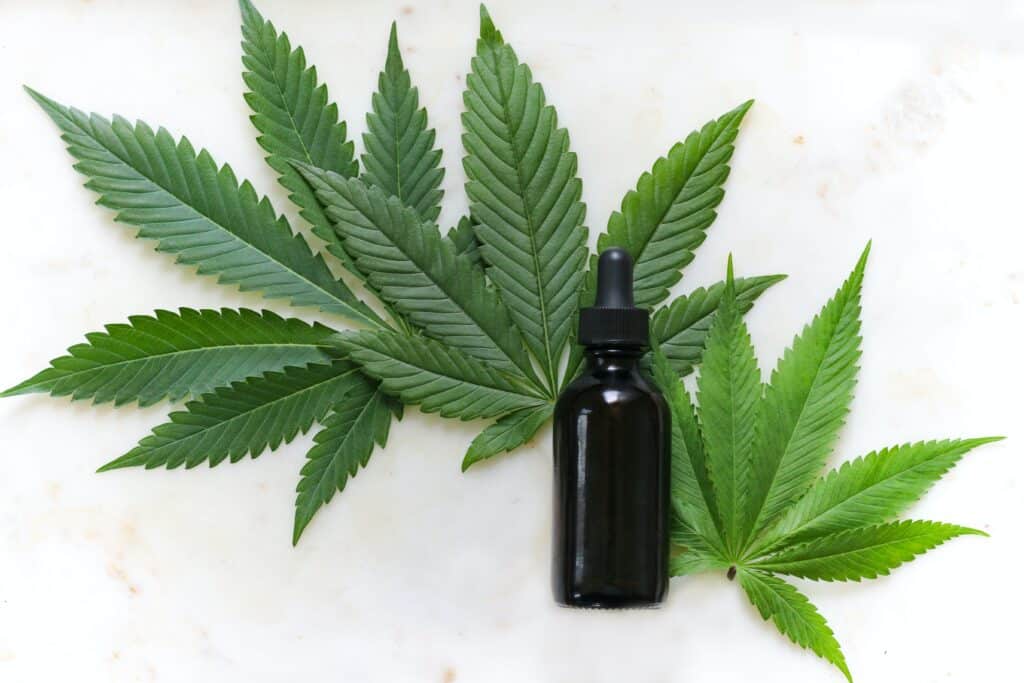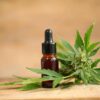
In this comprehensive guide, we’ll delve into the universe of medical cannabis, helping you understand the nuances that go beyond the herb. You’ll discover what medical cannabis can do for you, how to navigate the landscape legally and ethically, and the most effective ways to incorporate this potent plant into your wellness journey.
What is Medical Cannabis, and Why is it Important?
The term ‘medical cannabis’ refers to the use of the cannabis plant — including the whole, unprocessed plant or its basic extracts — to treat symptoms of illness and other conditions. A major reason it’s important is that it represents a turning tide in how we think about and treat various health issues. With the opioid crisis continuing, many are looking to cannabis as a safer, more natural alternative for chronic pain. Furthermore, the endocannabinoid system, the very biological system medical cannabis interacts with, is being heralded as a crucial modulator of many physiological and cognitive processes in the human body.
The Science Behind Medical Cannabis
Cannabis contains over 100 different cannabinoids, each with varying effects. The most widely studied are THC and CBD, the former responsible for the psychoactive ‘high’ and the latter showing promise in treating various ailments without the intoxicating effects. Research into cannabis and its potential health benefits, facilitated by its evolving legal status, has illuminated numerous applications, from chronic pain management to reducing the occurrence of seizures in epileptic patients.
Getting Your Med Card
Accessing medical cannabis isn’t as simple as walking into a dispensary and buying it. In most regions with legal medical cannabis programs, a medical card is the golden ticket. Here’s what you need to know about obtaining one.
Qualifying Medical Conditions
States have lists of conditions that qualify for medical cannabis treatment. These can include chronic pain, PTSD, cancer, and many others. It’s essential to understand which conditions qualify in your area, and what documentation you need from a healthcare provider.
Navigating the Application Process
Each state’s medical cannabis program has its application process. It’s crucial to follow the steps precisely, which may include submitting your medical records, obtaining a recommendation letter, and registering with the state’s program.
Consumption Methods:
The days of sole marijuana smoking are far behind us. Today’s medical cannabis industry provides a diverse array of consumption methods to suit various preferences and health needs. Let’s explore the most popular choices.
Inhalation
Traditionally, smoking cannabis has been one of the quickest and most effective methods to deliver the active compounds to your system. Today, vaporizers offer a safer alternative, heating cannabis to a temperature where the cannabinoids are released as a vapor, rather than a by-product of combustion.
Edibles
Edibles are an increasingly favored method of consumption, with a variety of foods and beverages infused with cannabis extracts. They offer a discrete, smoke-free experience, but effects can take up to two hours to kick in, leading to a notorious issue of overconsumption.
Topicals
Cannabis-infused creams, balms, and lotions provide localized relief without any psychoactive effect. Topicals are perfect for targeting specific areas of pain with minimal risk of systemic absorption.
Tinctures and Sublingual Products
These liquid extracts offer a fast-acting and accurate dosage and are often placed under the tongue for fast absorption into the bloodstream.
Finding Your Dose: The Art of Microdosing
Proper dosing is critical to ensuring a safe and enjoyable experience with medical cannabis. Microdosing — the practice of taking small, sub-therapeutic doses — is gaining traction for precise symptom management without the overwhelming psychoactive effects that can come with higher doses.
The Low and Slow Approach
Begin with the lowest possible dose and gradually increase until you find the right level for your needs. This approach helps you understand your personal tolerance and optimal dosing for your conditions without encountering unwanted side effects.
Keeping a Dosage Journal
Recording your doses, the effects, and how you feel will provide invaluable insights into what works for you. It can also guide your discussions with healthcare providers or budtenders as you refine your cannabis regimen.






